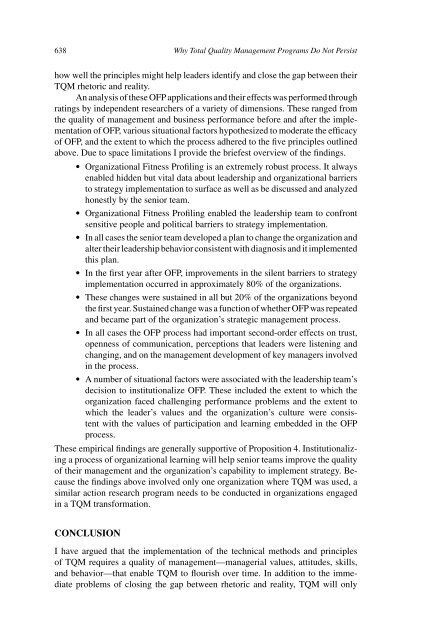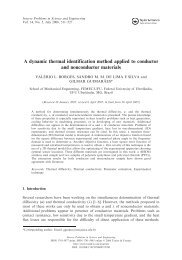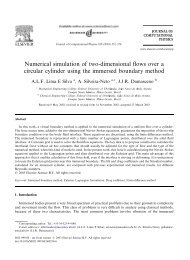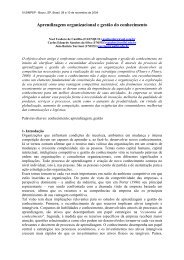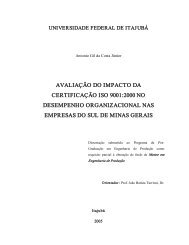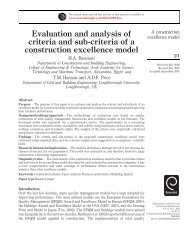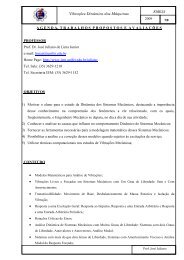Why Total Quality Management Programs Do Not Persist: The ... - IEM
Why Total Quality Management Programs Do Not Persist: The ... - IEM
Why Total Quality Management Programs Do Not Persist: The ... - IEM
Create successful ePaper yourself
Turn your PDF publications into a flip-book with our unique Google optimized e-Paper software.
638 <strong>Why</strong> <strong>Total</strong> <strong>Quality</strong> <strong>Management</strong> <strong>Programs</strong> <strong>Do</strong> <strong>Not</strong> <strong>Persist</strong><br />
how well the principles might help leaders identify and close the gap between their<br />
TQM rhetoric and reality.<br />
An analysis of these OFP applications and their effects was performed through<br />
ratings by independent researchers of a variety of dimensions. <strong>The</strong>se ranged from<br />
the quality of management and business performance before and after the implementation<br />
of OFP, various situational factors hypothesized to moderate the efficacy<br />
of OFP, and the extent to which the process adhered to the five principles outlined<br />
above. Due to space limitations I provide the briefest overview of the findings.<br />
� Organizational Fitness Profiling is an extremely robust process. It always<br />
enabled hidden but vital data about leadership and organizational barriers<br />
to strategy implementation to surface as well as be discussed and analyzed<br />
honestly by the senior team.<br />
� Organizational Fitness Profiling enabled the leadership team to confront<br />
sensitive people and political barriers to strategy implementation.<br />
� In all cases the senior team developed a plan to change the organization and<br />
alter their leadership behavior consistent with diagnosis and it implemented<br />
this plan.<br />
� In the first year after OFP, improvements in the silent barriers to strategy<br />
implementation occurred in approximately 80% of the organizations.<br />
� <strong>The</strong>se changes were sustained in all but 20% of the organizations beyond<br />
the first year. Sustained change was a function of whether OFP was repeated<br />
and became part of the organization’s strategic management process.<br />
� In all cases the OFP process had important second-order effects on trust,<br />
openness of communication, perceptions that leaders were listening and<br />
changing, and on the management development of key managers involved<br />
in the process.<br />
� A number of situational factors were associated with the leadership team’s<br />
decision to institutionalize OFP. <strong>The</strong>se included the extent to which the<br />
organization faced challenging performance problems and the extent to<br />
which the leader’s values and the organization’s culture were consistent<br />
with the values of participation and learning embedded in the OFP<br />
process.<br />
<strong>The</strong>se empirical findings are generally supportive of Proposition 4. Institutionalizing<br />
a process of organizational learning will help senior teams improve the quality<br />
of their management and the organization’s capability to implement strategy. Because<br />
the findings above involved only one organization where TQM was used, a<br />
similar action research program needs to be conducted in organizations engaged<br />
in a TQM transformation.<br />
CONCLUSION<br />
I have argued that the implementation of the technical methods and principles<br />
of TQM requires a quality of management—managerial values, attitudes, skills,<br />
and behavior—that enable TQM to flourish over time. In addition to the immediate<br />
problems of closing the gap between rhetoric and reality, TQM will only


